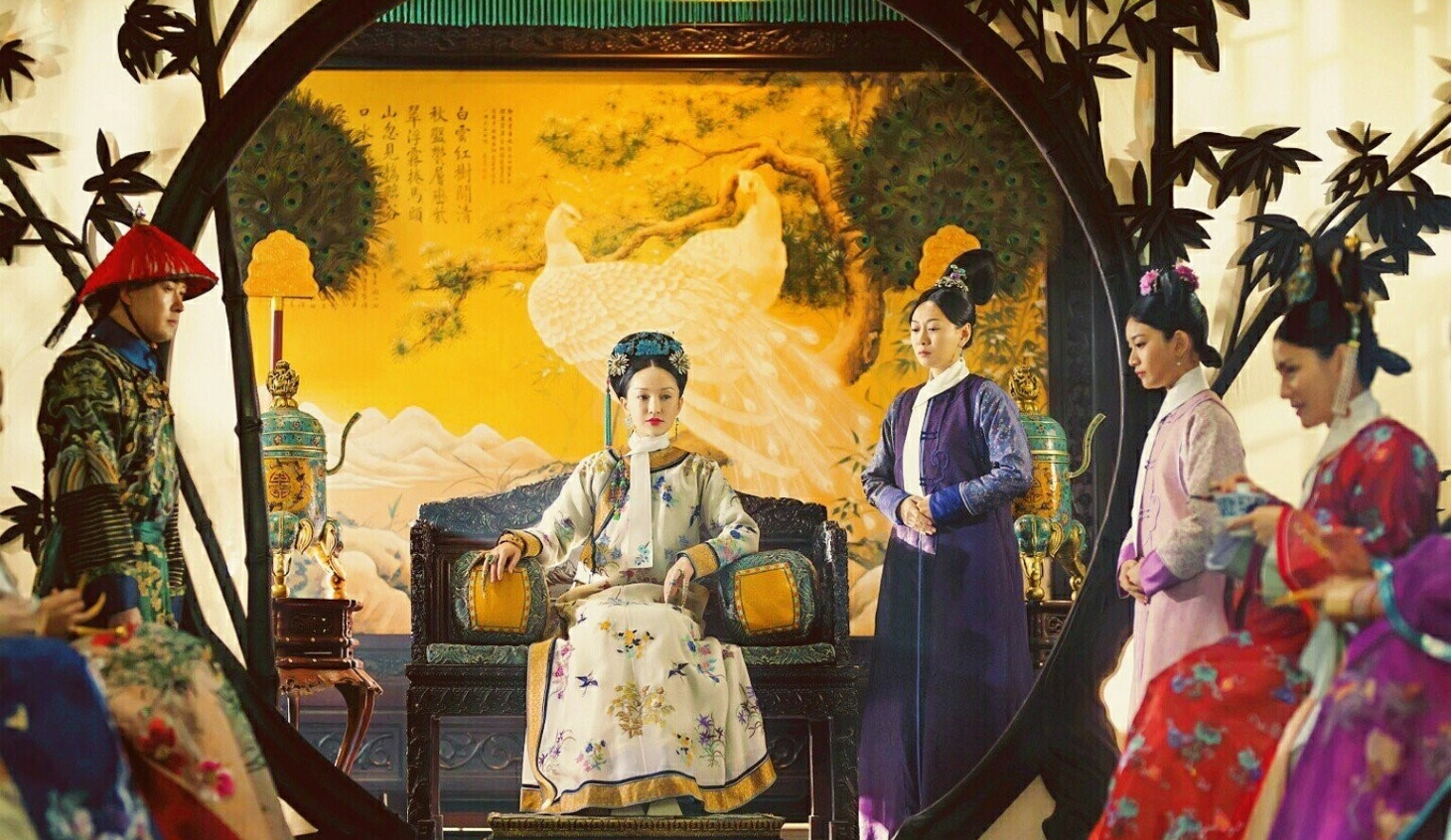
The History of Traditional Chinese Clothing and Dress
As a vital part of Chinese civilization, Chinese traditional clothing plays an important role in the country’s history and culture. It reflected traditional Chinese aesthetics, philosophy, and social values as they changed over 3,000 years of history.
This article will explain the history of traditional Chinese clothing and introduce you to the key variations of traditional Chinese clothing and dress.
History of Chinese traditional clothing
The history of traditional Chinese clothing has a strong relationship with the brief history of the development of Chinese dynasties. While Han people dominated the majority of history, China has many ethnic groups with a rich history. For centuries, generations of clothing designers have dedicated themselves to building and enhancing the clothing culture, making the garments that cover the human body an important component of Chinese culture. This progress is reflected through its changes in clothing styles.
- Chinese traditional clothing during the Qin and Han dynasties (221 B.C. – 220 A.D.)
The Qin and Han dynasties (221 B.C. – A.D. 220) marked the unification of land and the written language. Qin Shihuang, the Qin Dynasty’s first emperor, established many social systems, including clothing rules to distinguish people’s ranks and social positions. The Han dynasty (206 B.C. – 220 A.D.) also developed China’s complete code of costume and trappings. During this time, yarn-dyeing, embroidering, and metal-processing technologies advanced rapidly, resulting in changes in costume and adornments.
- Traditional Chinese clothing during the Wei, Jin, South & North dynasties (220 – 589)
Chinese clothing experienced rapid development during the Wei, Jin, and Southern and Northern dynasties (220 – 589). Before the year 265, the cultures and esthetic views of peoples in the northern and southern regions of China intermingled due to continuous wars. Many philosophical schools of thought influenced both people’s lives and the clothing design’s conceptions.
Traditional Chinese clothing during the Tang dynasty (618 – 907)
The Tang dynasty (618 – 907) wrote the most glorious chapter in the history of Chinese clothing. People’s clothes were more diverse than before because the state was more open to the world, and people became more cosmopolitan in their views. Women’s clothing could be described as fashionable because they were showy and changed rapidly. Once a new style came out, many people would be willing to take it.
- Traditional Chinese clothing during the Song, Yuan, and Ming dynasties (960 – 1279)
During the Yuan dynasty (1206 – 1368), the Mongolian ethnic group, also known as the People on Horseback, was in control. The style of dressing was mainly a combination of Mongolian and Han. The upper class wore luxurious and costly clothes, yet simple and unadorned in design. Significant developments occurred in the Ming dynasty (1368 – 1644), in which a new conception came into being in clothing design. There was no limitation to one style and natural beauty was advocated, thus bringing vigor and vitality to the clothing culture.
- Traditional Chinese clothing during the Qing dynasty (1644 – 1911)
During the Qing dynasty (1644 – 1911), traditional Chinese clothing became poised, elegant, and glorious. During the 200 years of this dynasty, the world’s enormous changes did not affect traditional Chinese clothing due to China’s closed-door policy. People continued to wear clothes showing their social status and lifestyle.
Traditional Chinese clothing from the 1930s till the modern era
Chinese clothing from the 1930s till now, Qipao has come into fashion since then. During the 1930s to 1940s, the dress was further westernized and tailored to flatter body shapes. During the 1940s to 1960s, people in Hong Kong wore Qipao (Cheongsam) as daily clothing until the late 1960s. Many Chinese brides still choose modern style Qipao (or Longfeng Kwa – a traditional Chinese dress similar to Qipao) as their wedding dress today.
Five key variations in traditional Chinese clothing
Traditional Chinese clothing presented people’s aesthetic tastes and social customs. It changed over time, across regions, and throughout the social hierarchy. We’ve listed the five key variations in traditional Chinese clothing as follows:
1. History
As we’ve explained above, each dynasty had its own unique clothes, some of which were exquisite beyond comparison.
2. Shape
Traditional Chinese clothes commonly had a straight cut and were shaped loosely. The outfit’s general harmony was also emphasized.
3. Color and design
In the hierarchical society of imperial China, dressing was a way to designate an individual’s rank. Colors and decorations indicated the wearer’s status, and clothes were often embellished with symbolic or seasonal motifs.
Red, bright yellow, and purple were exclusively colors of the emperor and the imperial family. People commonly wore light-colored clothing in daily life, red at weddings, and white at funerals.
The colors and designs of the garments also presented the hierarchy of male and female members in the imperial family and officials. For instance, the emperor wore yellow robes decorated with five-clawed dragons (also known as 龙袍 (long pao), while the crown prince wore apricot clothes. Golden-yellow is worn by the emperor’s sons, blue or brown by other imperial family members, and blue by lower-ranking nobles and officials. For women, only an empress or official wife could wear true red, while concubines were prohibited from wearing this color.
See more: Chinese Dragon: Why It’s A Cultural Symbol?
4. Gender
Chinese women’s clothing was more varied than men’s clothes as it had more ornaments, items, colors, and styles than men’s clothing. Chinese women’s clothing also came in a wider range of materials.
5. Material
In the beginning, the ancient Chinese simply covered their bodies with leaves. As agriculture developed, more clothing material appeared. Linen, cotton, and silk were popular materials in later years.
During the Ming dynasty (1368 – 1644), the government’s policy of physiocracy and business restriction forbade business people to wear silk clothing, even if they were wealthy.
The two basic forms of traditional Chinese clothing
In general, traditional Chinese clothes had two basic forms: top-bottom (two-piece) clothes and one-piece clothes.
- Two-piece clothing
The two-piece clothing, consisting of an 衣 (Yi) – upper garment and a 裳 (Shang) – lower garment, was the earliest form of clothing recorded in Chinese documents. This type of clothes dates back to the legendary Huangdi’s reign (2697 – 2597 BC).
The 衣 (Yi) refers to any open cross-collar garment worn by both genders with the right side wrapped over the left, and the 裳 (Shang) refers to any skirt worn by both genders with a side-hanging belt.
- One-piece clothing
The one-piece clothing was called 審議 (Shenyi) – a deep robe. Dating back to the late Zhou dynasty (1046 – 221 BC), the Yi and the Shang were combined into one piece, though they were cut separately.
Throughout the history of China, various dynasties widely adopted the 審議 (Shenyi). It was considered a formal dress in the Han dynasty (206 BC – 220 AD), and it still has a great influence on modern-day one-piece clothing.
The bottom line
Overall, traditional Chinese clothing is diverse as they present the traditional aesthetics, philosophy, and social values throughout history. No matter which dynasty, each has left its unique mark on traditional attire and continues to do so even in the 21st century.
Despite the ever-changing trends within the fashion industry, more people in China are looking back to their ancestors’ traditional dress to honor their heritage and bring back a touch of ancient charm to our modern, digitalized world.
If you’re interested in learning more about Chinese life and culture, don’t forget to subscribe to the Pandanese blog! Pandanese is a web-based Mandarin-learning platform that enables users to master 6,000 Hanzi Chinese characters per year with the Spaced Repetition Learning method. Along with helping users master Mandarin Chinese, Pandanese brings you helpful knowledge and interesting facts about this powerful nation.
Sign up today and start learning with Pandanese!
The easiest way to learn Chinese & build vocabulary

